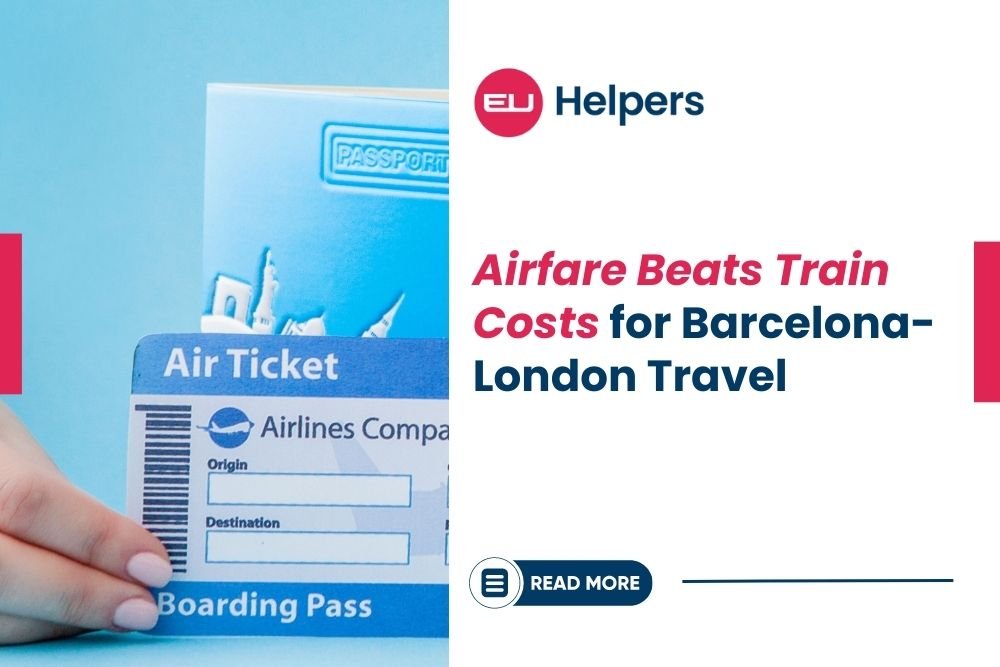Greenpeace also highlights the significant cost disparity between air travel and train travel in Europe, indicating that the first is often much cheaper than the second, even for short-distance journeys.
According to the same source, out of the 112 routes analysed, only 23 of them are consistently cheaper by train, and even then, only half of these routes offer decent train connections, EU Helpers reports.
The report also lists specific examples of routes with considerable price differences between air and train travel. As a result, the Barcelona-London route exhibits the highest price difference, with train tickets costing up to 30 times more than flights for same-day trips.
In this regard, Greenpeace pointed out that travelling by train from Barcelona to London costs around €384, while a flight can be as cheap as €12.99.
Other major European city connections, such as London-Bratislava, Budapest-Brussels, Madrid-Brussels, Valencia-Paris, and Rome-Vienna, also show significant price differences favouring air travel over trains.
At the same time, train travel is significantly more expensive for the same domestic or European journey than air travel in France and Belgium, with train tickets costing around 2.6 times more on average.
Across the 16 countries studied, rail travel is generally more expensive than air travel, with an average price difference of two times higher for trains. However, Poland stands out as the only exception, where rail travel is, on average, half the cost of air travel, making it a more affordable option for travellers in that country.
The report’s findings reveal that low-cost carriers have a significant presence in Europe, connecting 79 per cent of all lines analysed. It also shows that transfer flights operated by these low-cost carriers are the cheapest for an additional 12 per cent of the routes studied.
Moreover, the analysis stressed the cost advantages of night trains over day trains, especially compared to high-speed trains like TGV and FR trains in France and Italy. Night trains are often cheaper because they offer overnight journeys, reduce travel time, and involve fewer transfers and different train operators.
The study specifically focused on the most affordable choices for night trains, typically encompassing seat carriages or couchettes. Thus, Greenpeace pointed out that while couchettes provide more comfortable sleeping arrangements, they may also come with additional supplements that can vary in cost, ranging from €10 to higher.
On the other hand, despite the cost advantages over certain types of day trains, night trains are rarely cheaper than low-cost airlines. The cost disparity can be attributed to the favourable tax treatment for airlines, as they are exempt from kerosene tax and VAT. At the same time, railways are subject to energy taxes, VAT, and high rail tolls in many countries.

